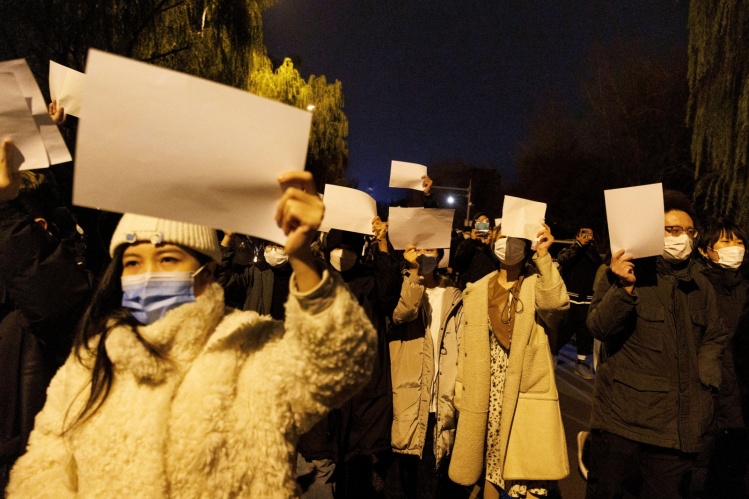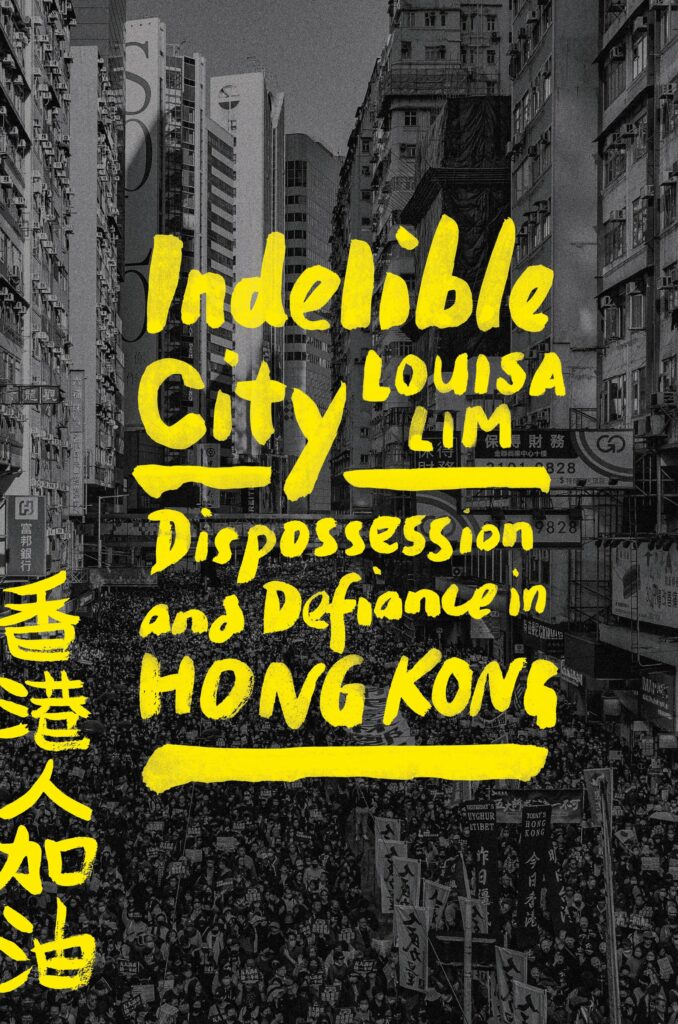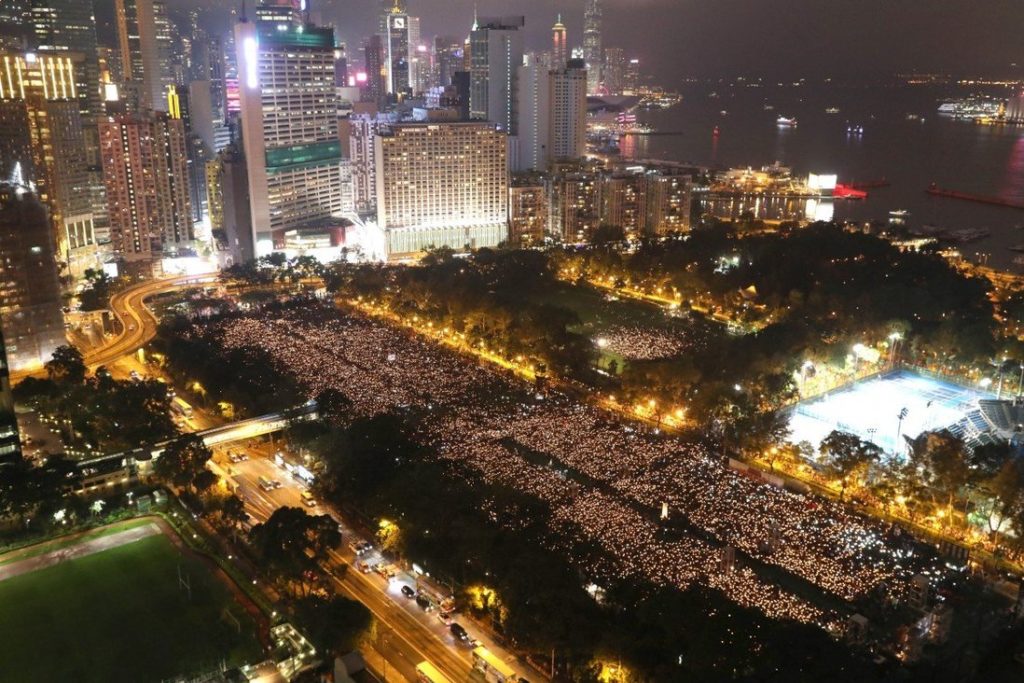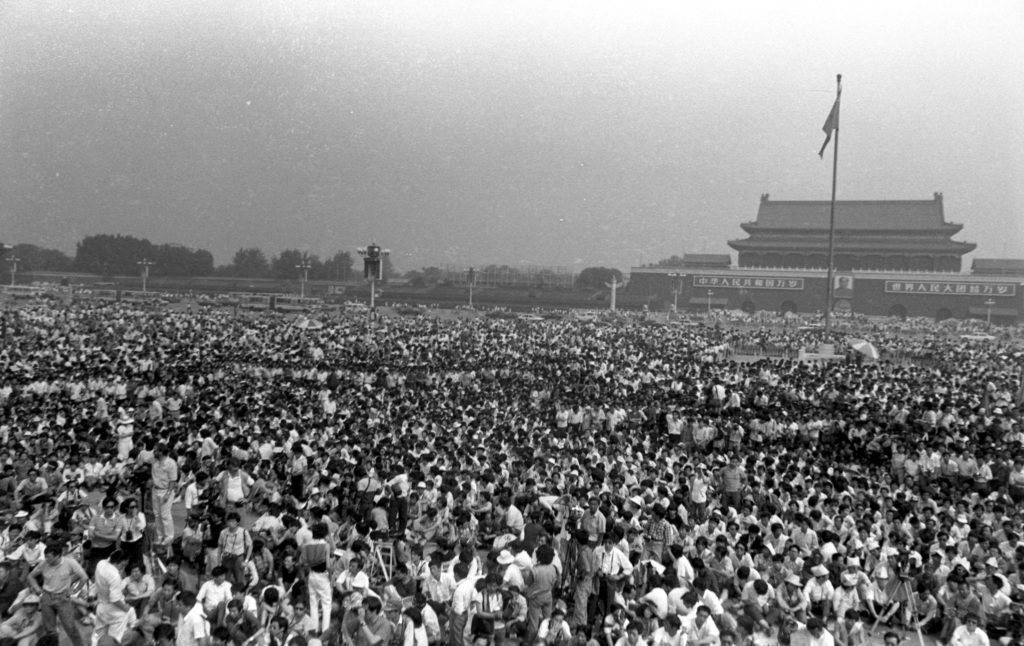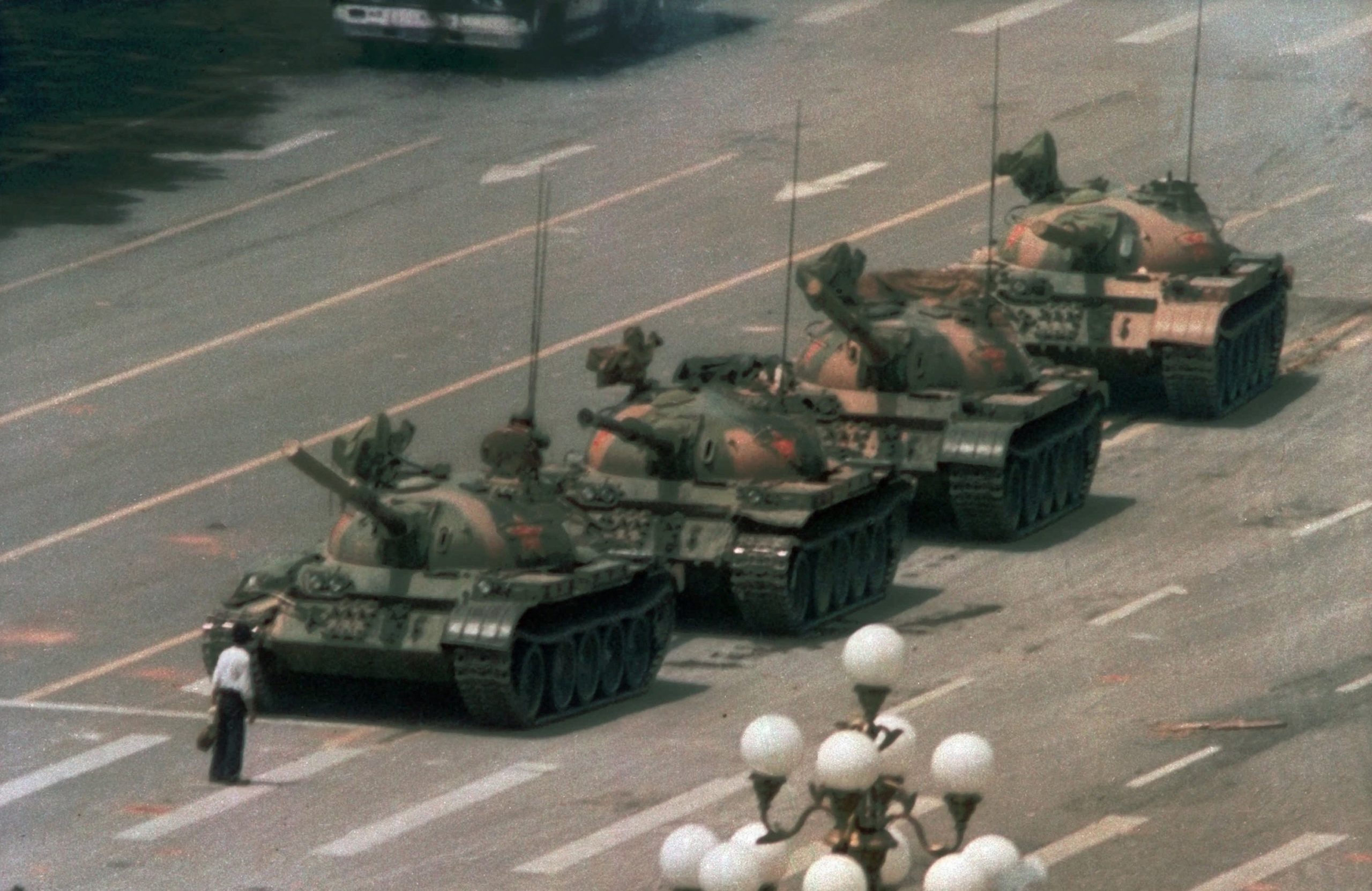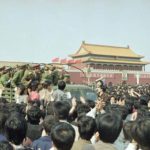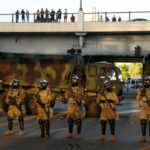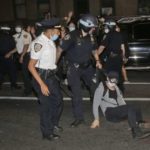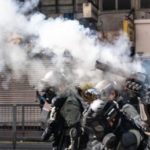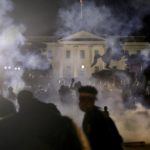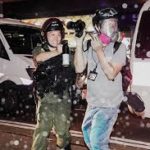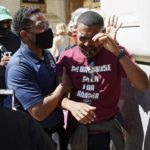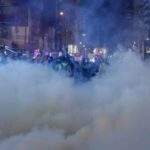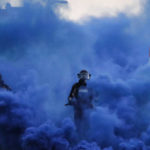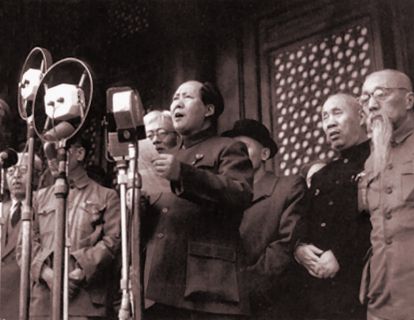35 Years After a Massacre: How the World Remembers
Thirty-five ago this week – on the night of June 3 into the early morning hours of June 4, 1989 – the Chinese government did the unthinkable: it opened fire on its own people, killing hundreds if not thousands of unarmed civilians in the Beijing streets surrounding Tiananmen Square. That violent crackdown marked the end of the months-long, student-led, peaceful protests in the Square, protests that sought to bring reform to China.
While the world marks the anniversary, on mainland China, it’s as if the event never happened. Thirty-five years of censorship of the Tiananmen protests and massacre means that those alive at the time know not to talk about it and those born after have almost no knowledge of the event. In Hong Kong, which used to host one of the largest commemorations of the June 4th massacre, since 2022, when Beijing tightened its grip on the autonomous region, it is now a crime to remember.
But even under China’s repressive regime, there are still some who brave to acknowledge and record the truth. Yesterday, the Christian Times, a Hong Kong newspaper that usually features an annual Tiananmen commemoration article at this time of year, published its paper with a blank front page, with only a few characters stating that “cannot be published due to circumstances.” And as the China Unofficial Archives highlighted on Friday, there are number of Chinese people who have documented what happened the spring of 1989, providing links to the 31 entries it has on the 1989 pro-democracy protests and the June 4th incident.
And this is why we must remember and memorialize this event. The west has ironically become the repository of China’s modern history, including the events of June 4, 1989. While these works cannot be published in China, we must continue to support efforts to house the Chinese people’s own interpretation of their history such as the China Unofficial Archives, and endeavor by former China reporter Ian Johnson to house these “underground histories.” Eventually, the Chinese people will demand that they be allowed to learn their own history and the West’s repository of knowledge will be an important first step.
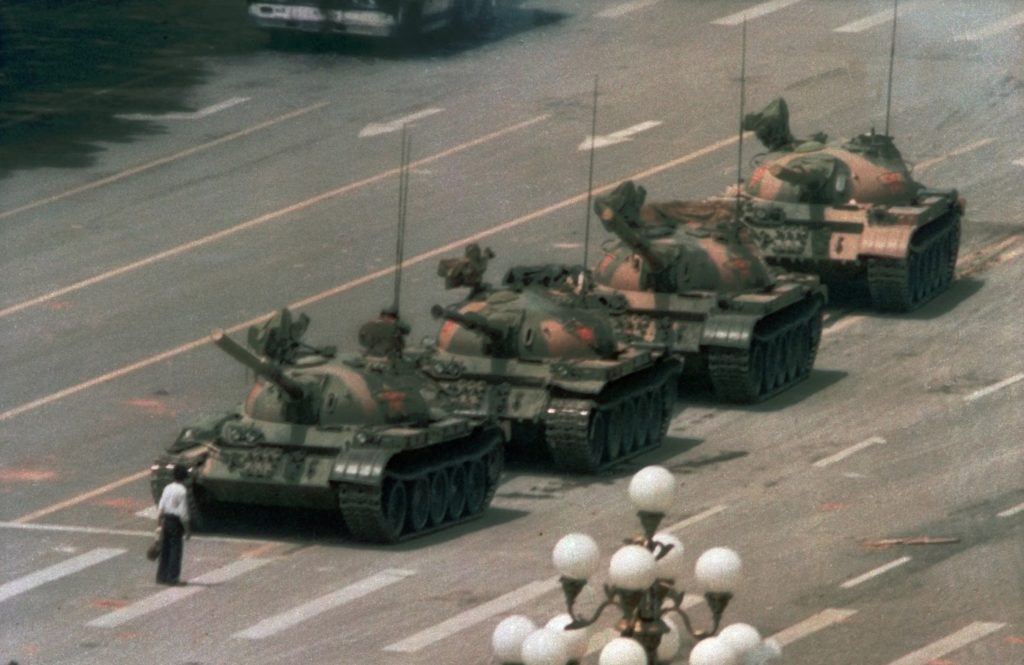
 On Facebook
On Facebook By Email
By Email 
